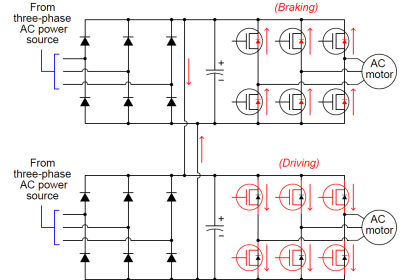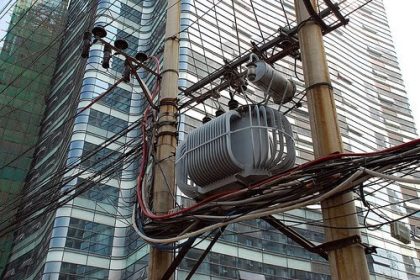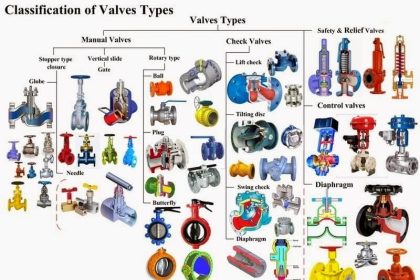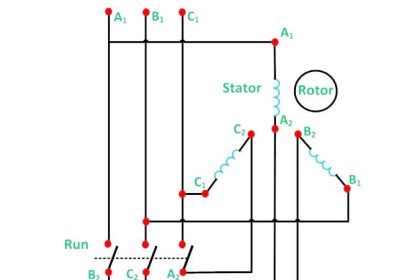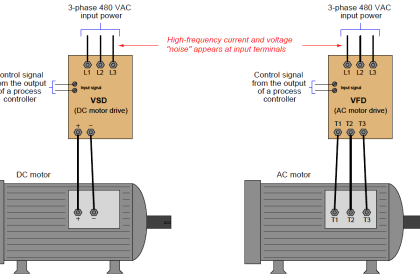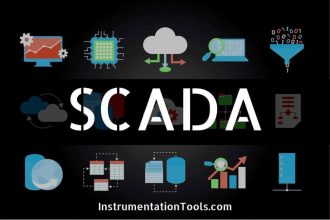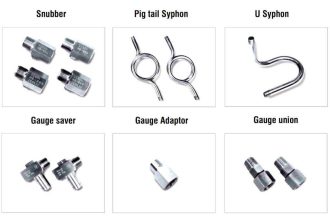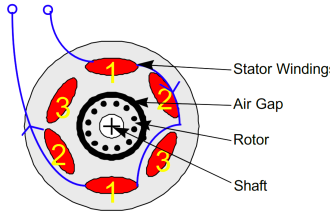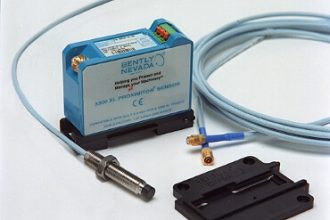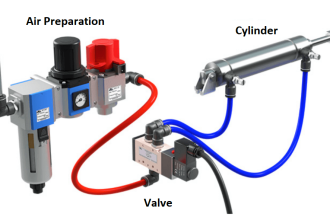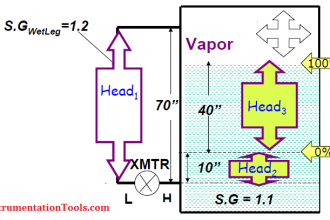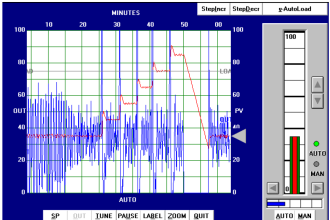Requirements of parallel operation of alternators:
The alternators which are to be operated in parallel should meet the following requirements so as to make the operation successful. Requirements are:
- Two alternators or synchronous generators which are to be operated in parallel should have same output voltage rating
- The rated speed of the machines which are operating in parallel should be such as to give the same frequency (f is equal to (PxN)/120)
- The alternators should be of the same type so as to generate voltages of the same waveform. Generators operating can have different power rating (KVA rating)
- The prime movers of the alternators should have same speed load characteristics, the nature of characteristics should be drooping so that load on the generator is proportional to output rating of the alternators
- Without reactancce the alternators will not develop generating power and parallel operation would not be possible. Hence the alternators should have reactances in armature circuits, otherwise they will not operate in parallel
